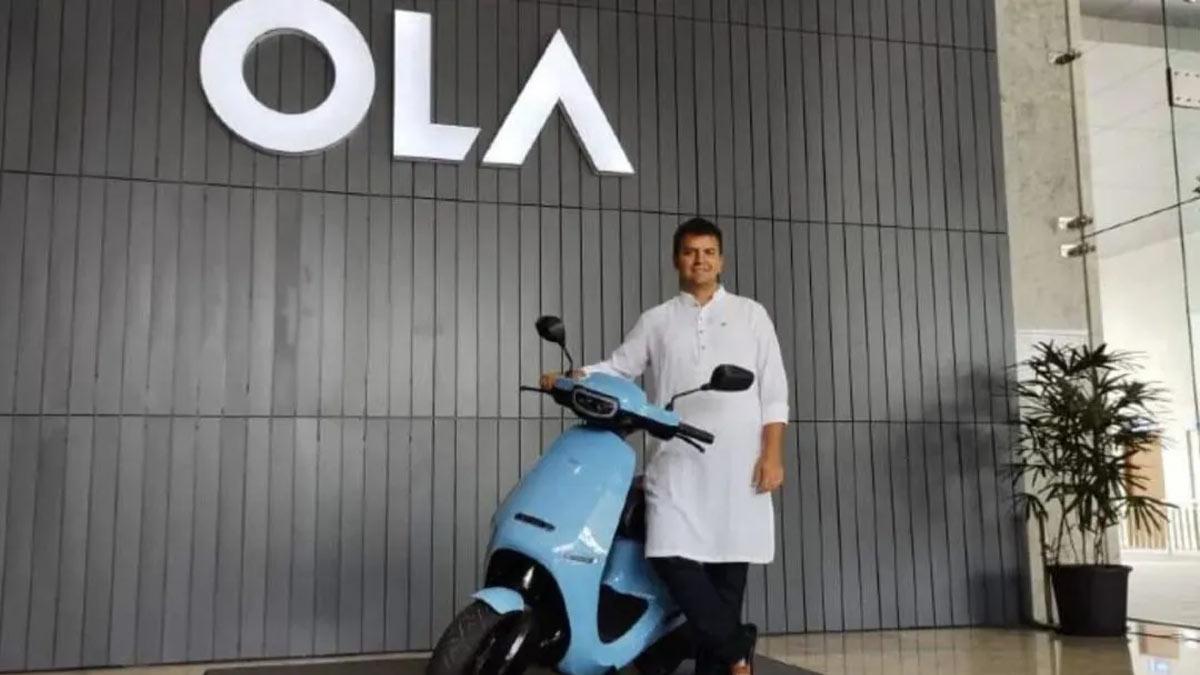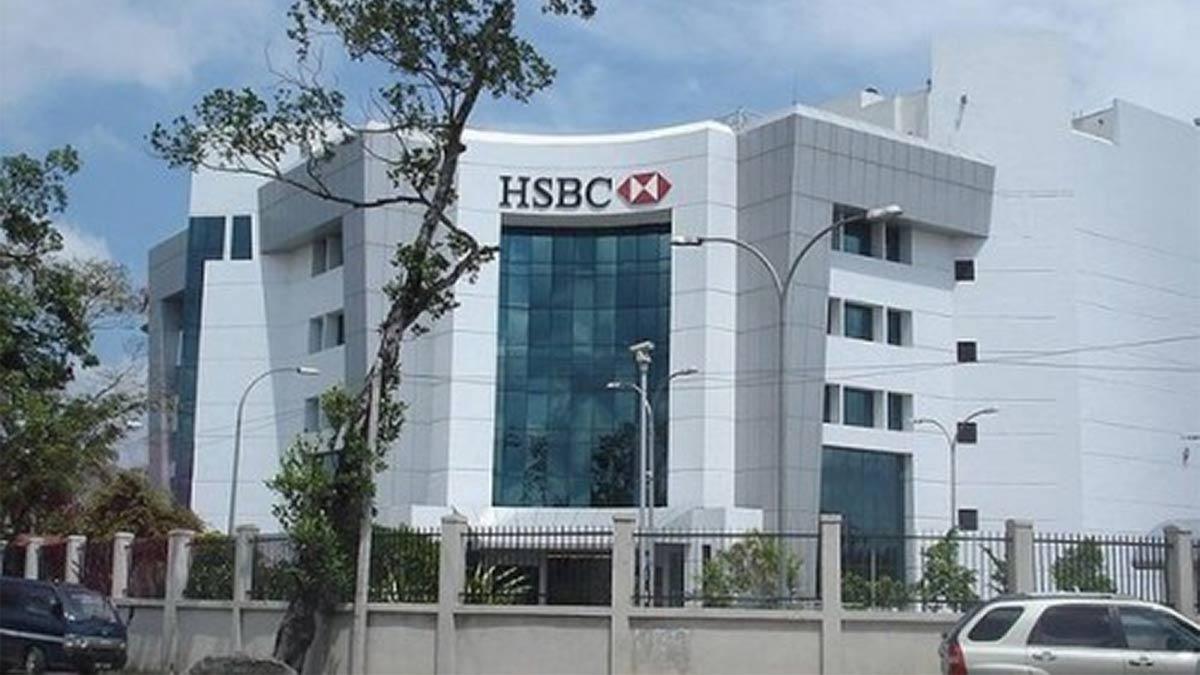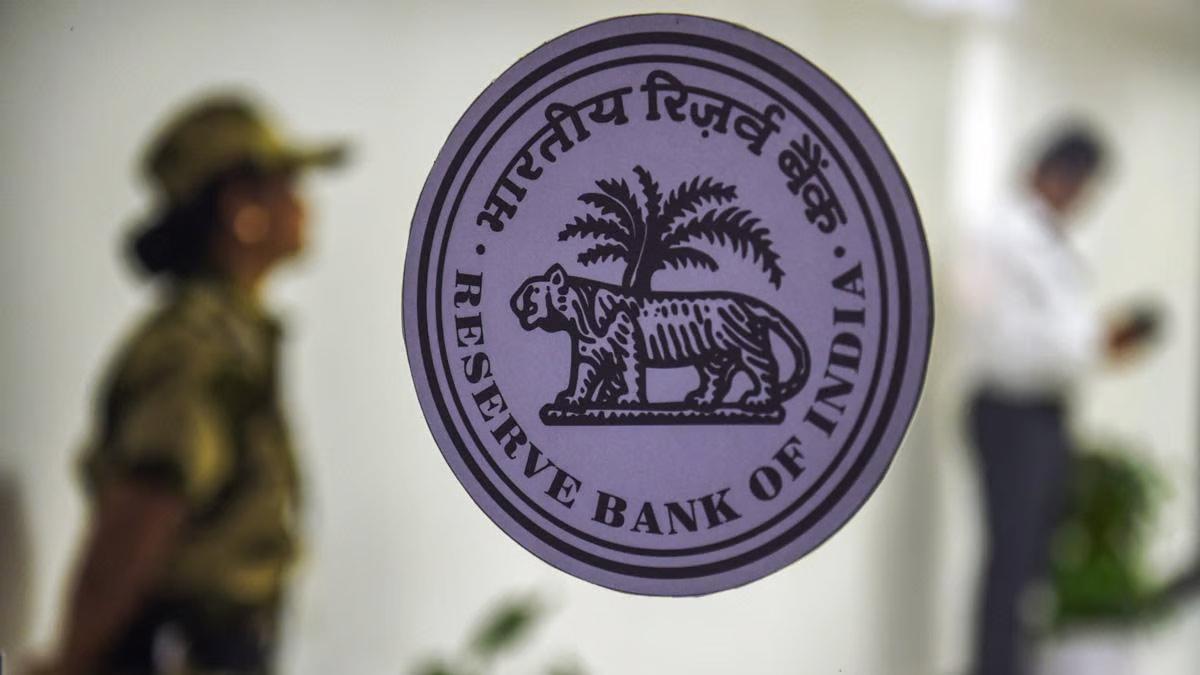The union government has approved fare regulations giving ride-hailing companies such as Uber and Ola the opportunity to charge up to twice the base fare in peak seasons, a hike from the previous rate of 1.5 times. Fares can now come down to as much as 50% lower than the base rate in lean hours.
These modifications fall under the newly released Motor Vehicle Aggregator Guidelines (MVAG) 2025, which were published on Tuesday by the Ministry of Road Transport and Highways. The new guidelines also come with cancellation penalties.
If a driver cancels a booking without a proper reason, a penalty of 10% of the fare (with a limit of ₹100) will be charged. The same will be charged from passengers for canceling rides without cause.
States have been requested to implement these new norms within three months from their release. Besides, they can add additional conditions not specified in the new guidelines.
Elucidating the fare structure, the ministry stated:
"The fare charged by the State Government for the corresponding category or class of motor vehicles, shall be the base fare payable by passengers using services provided by the aggregator," reads sub-clause 17.1.
The guidelines also delineate:
"The minimum base fare payable shall be for a distance of at least three (3) kilometers to cover dead mileage in terms of the distance covered without a passenger and the distance covered and fuel consumed in bringing the passenger(s)."
Under the new policy, aggregators can now implement dynamic pricing by paying up to twice the base fare during peak hours and half the base fare for off-peak hours, as specified under sub-clause 17.1.
"The aggregator shall be allowed to charge a minimum of 50% less than the base fare and a maximum dynamic pricing of twice the base fare under sub-clause (17.1) above," the document states.
The government made it clear that riders will not be charged for dead mileage except when the total ride distance is less than three kilometers.
"The fare would be charged only from the origin point of the journey till the destination point where the passenger is dropped," the guidelines specify.
Also, aggregators now need to offer insurance coverage of not less than ₹5 lakh for every passenger.
Read also| India’s Pharma Exports Surge to $4.9 Billion in April–May, Reports Pharmexcil


















